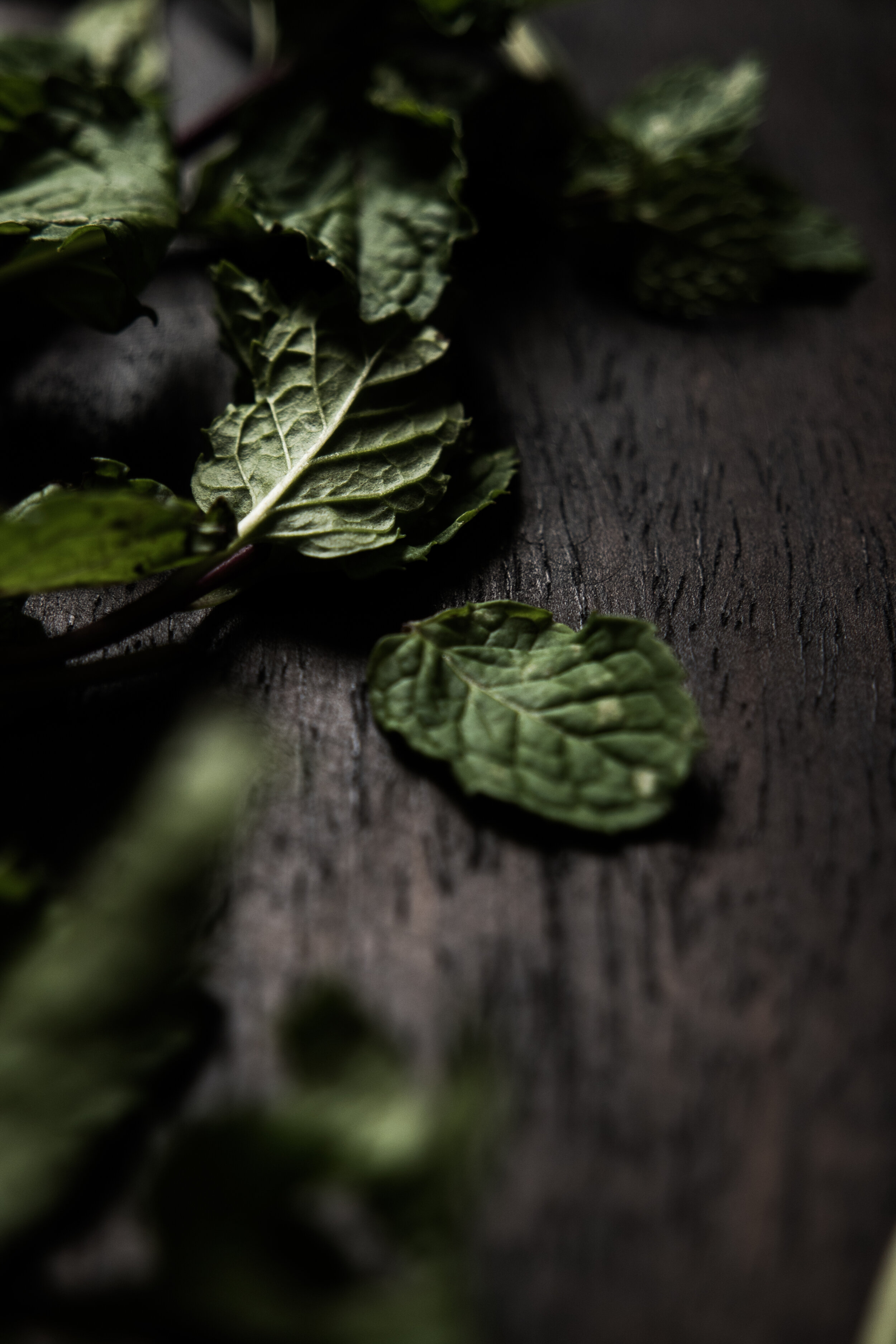
Acupuncture, along with modalities such as trigger point therapy and cupping, helps to promote healing and restore balance.
Acupuncture
Acupuncture is the primary modality I use in my clinic. During an acupuncture treatment, very thin needles are inserted into strategically-selected areas known as “acupuncture points” on the body and either left in place or gently manipulated to elicit a sensation within the muscle. Acupuncture points are chosen based on traditional Chinese medical theory, which uses a combination of diagnostic techniques such as a detailed health intake, physical assessment, palpation, and examining the pulse and tongue, to determine which of the body’s energetic channels (or “meridians”) are experiencing a disharmony. The needles can sometimes be felt on insertion and you may temporarily experience a dull ache once the needle is under the skin. I will ask for feedback throughout the treatment to ensure your comfort.
Once needles are inserted, the person is given space to relax quietly for 20-30 minutes, during which time they may experience a pleasant feeling of “tingling” or “buzzing” around the needles and elsewhere on the body. It is also common for a person to experience heaviness, warmth, or no sensation whatsoever. There is no right or wrong way to experience the treatment and you may find the sensations vary from appointment to appointment.
For more about how acupuncturists use traditional Chinese medicine to identify and treat root causes of pain and disease, click here.
Trigger Point Therapy
A “trigger point” refers to a knot or taut band within the muscle fiber which causes pain or tenderness when palpated. For people experiencing myofasical conditions, using acupuncture needles in order to illicit a trigger point “release” can help relieve symptoms of pain, numbness, or tingling.
During the treatment, a needle is inserted into the area of the body experiencing tightness or pain. The needle is then gently manipulated within the muscle to release the taut band. The sensation of the muscle band releasing may feel like a twitch or a dull ache. After an appropriate amount of sensation has been achieved, the needles are removed and a professional-grade CBD salve is applied to the area.
Trigger point therapy is almost always followed by an acupuncture session (see description above) to help further reduce inflammation, restore circulation, and address root causes of pain or other conditions. Some clients experience a feeling of muscle soreness for one to two days after receiving trigger point therapy. I will recommend a series stretches and other methods to help reduce soreness during the post-treatment phase.
Note: A similar method of treatment is sometimes referred to as “dry needling” in professions such as physical therapy and chiropractic care. To understand more about the differences between these two treatments, please contact me.
Cupping Therapy
Cupping therapy, an ancient therapeutic practice which is thought to have originated in China or Egypt, has become increasingly popular over the last several years for the treatment of pain and other conditions. The cups work by using suction to create a vacuum, which gently pulls on the skin and creates more space between the layers of tissue, thereby increases blood flow to the area. The cups I use in my clinic are known as “pump cups” (as opposed to glass, fire or silicone) which allow for a high level of precision in the amount of suction applied during the treatment.
A cupping session may leave circular red or purplish marks for up to one week. These marks not painful and actually help us to understand more about your body, such as where pain is originating from and how much “stagnation” is being held in a given area. With regular cupping treatments we often see these marks get lighter or disappear altogether as the body releases tension and proper circulation is restored.